My sprinkler system quit, I am broke, and I live in the desert
16 years ago
Related Stories
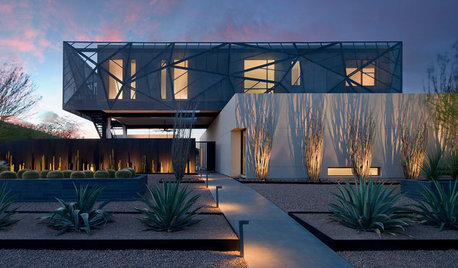
HOUZZ TOURSHouzz Tour: Going for Broke in Las Vegas
With bold architectural moves and killer views, this 8,000-square-foot resort-style home doesn’t hold back
Full Story
COLORPick-a-Paint Help: How to Quit Procrastinating on Color Choice
If you're up to your ears in paint chips but no further to pinning down a hue, our new 3-part series is for you
Full Story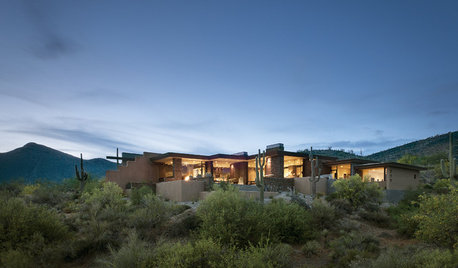
HOUZZ TOURSHouzz Tour: A Desert Stunner Highlights Nature
Careful siting of this contemporary Arizona home keeps sublime views, wildlife and outdoor living at the forefront
Full Story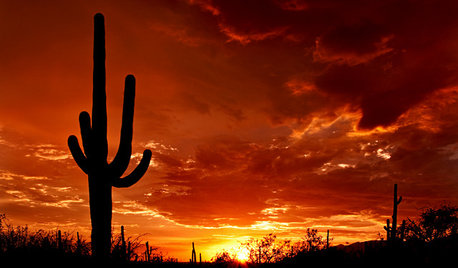
GARDENING GUIDESMeet the Mighty Saguaro of the Desert Landscape
You’ve seen its form in films, on souvenirs and much more. Now get to know this iconic cactus of the Sonoran Desert
Full Story
GARDENING GUIDESHow to Install a Drip Irrigation System
Save time and water with a drip watering system in your vegetable garden — a little patience now will pay off later
Full Story
THE POLITE HOUSEThe Polite House: Can I Put a Remodel Project on Our Wedding Registry?
Find out how to ask guests for less traditional wedding gifts
Full Story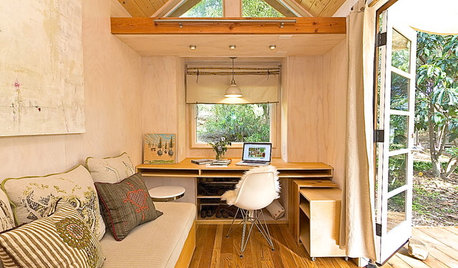
LIFEYou Said It: ‘I’m Never Leaving’ and More Houzz Quotables
Design advice, inspiration and observations that struck a chord this week
Full Story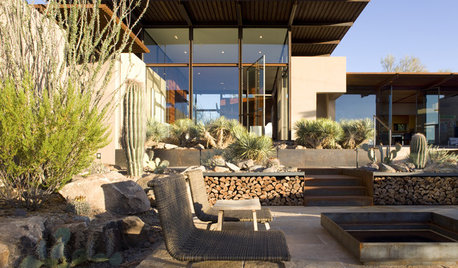
HOUZZ TOURSHouzz Tour: A Glass House Harmonizes With the Desert
An expert collaboration results in a home designed to celebrate sun and shade, with plenty of ways to soak in the views
Full Story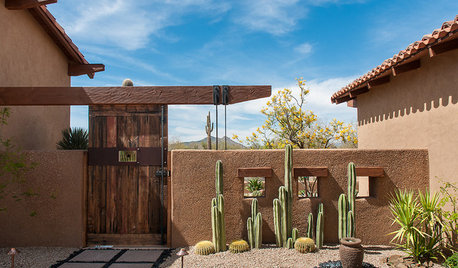
HOUZZ TOURSHouzz Tour: Luxury and Ruggedness Blend in the Arizona Desert
With Southwest territory style outside and a contemporary look inside, this home offers every comfort in an easygoing way
Full Story








bpgreen
craniacOriginal Author
Related Professionals
Reading Landscape Architects & Landscape Designers · New Bedford Landscape Architects & Landscape Designers · Milwaukee Landscape Architects & Landscape Designers · Maple Heights Landscape Architects & Landscape Designers · Berkeley Heights Landscape Contractors · El Reno Landscape Contractors · El Segundo Landscape Contractors · Fishers Landscape Contractors · Milford Landscape Contractors · North Potomac Landscape Contractors · Parkland Landscape Contractors · West Chester Landscape Contractors · Chicago Ridge Landscape Contractors · Goldenrod Landscape Contractors · Claremont Swimming Pool Builders